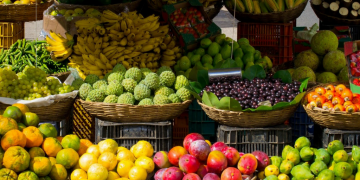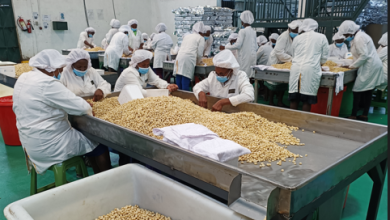Wholesale Prices Decline to Record Lows

Kenya’s wholesale prices of goods and services softened to negative territory in the past one year to -1.8% from 11.4% in a similar period 2023, lows last seen in 2016.
The deflation implies a general 1.8% fall in producer prices, pointing to a slowdown in demand.In the first quarter of 2024, the producer inflation as measured by the Producer Price Index (PPI) stood at 7.4%. The cooling pressures are partly attributed to the progressive CBK rate hikes towards the end of 2023 spilling over to 2024, coupled with the strengthening shilling.Food production costs declined 11.5 percent year on year, pointing to the sufficient rains during the review period, replenishing staple raw materials supply. The highest price decline over the last one year, however, was recorded in the manufacture of clothing at 19.3 percent.
Over the last one year, the highest price increases were in manufacture of other non-metallic mineral products and manufacture of basic metals at 34.2 percent and 25.5 per cent, respectively.
Similarly, electricity supply costs saw a 5.6 percent decline pointing to reduced cost of fuel used in production coupled with the strong shilling.
According to Kenya National Bureau of Statistics (KNBS), the overall producer prices in the second quarter to June 2024 declined by 4.73 per cent relative to March 2024 prices.
Over the same period, the manufacture of wood products recorded the highest price increase of 4.7 per cent while mining of metal ores had the highest price decline of 16.9 per cent.
The index, which measures price changes for goods and services at producer level, decreased from 140.39 in June 2023 to 137.88 in June 2024.
However, consumer price inflation remained sticky within the mid range target, stalling at 4.6% in the June reading.
How the Indices WorkThe PPI captures what manufacturers incur for supplies such as fuel, packaging and production. These costs are often passed on to consumers at the retail level and tend to give an idea of whether inflation is rising or falling.
Conversely, the transitory effects will be felt by consumers in the next few months stemming from the idea that producers sell before consumers get to purchase.
While the CPI and PPI might show similar trends overtime, they can diverge. The price trends for producers and consumers are unlikely to diverge for long since producer prices heavily influence consumer prices. In the short term, inflation at the wholesale and retail levels may differ as a result of distribution costs, as well as government taxes and subsidies.
The recent protests present uncertainty on consumer spending and the general pace of business activity as consumers are delaying spending.
See Also:
Looming Inflation and Job Losses Stemming from Nature-Related Risks
ADVERTISEMENT



